Unlawful Assembly is a misdemeanor and occurs in three different situations. In all three situations a common factor is that three or more people assemble. The difference from there depends on what that group of people are doing. You can be found guilty of unlawful assembly if the group assembles with the intent to commit any unlawful act by force or with the intent to carry out any purpose in such manner as will disturb or threaten the public peace. Additionally, if the group assembles without an unlawful purpose, but the participants conduct themselves in a disorderly manner as to disturb or threaten the public peace. As Unlawful Assembly is a misdemeanor the maximum punishment is ninety (90) days in jail, and a fine of one-thousand dollars ($1,000), or both. However, a person charged with unlawful assembly rarely does any jail time and often pays a fine much less than the maximum, if convicted.
What if I am present but not partaking in the assembly?
When a person without lawful purpose is at an unlawful assembly and refuses to leave when directed by law enforcement they can be charge with the crime of Presence at an Unlawful Assembly. Presence at an Unlawful Assembly is also a misdemeanor carrying a maximum of 90 days in jail, and a fine of $1,000, or both – also with the same caveats of potential jail time and fine amounts as Unlawful Assmebly
What about your First Amendment Constitutional Rights?
The discussion of free speech and assembly were discussed regarding the charge of Unlawful Assembly by the Minnesota Supreme Court in the 1970s in State v. Hipp. The Minnesota Supreme Court reviewed the law and decided that it was not a restriction on speech but a restriction on conduct. While the Constitution protects people’s rights to assemble and protest, it does not protect every type of conduct related to assembly. The Minnesota Supreme Court determined that the conduct that was prohibited and not protected by the Constitution was such that threatened or disturbed the “tranquility enjoyed by a community when good order reigns amongst its members”. Additionally, this meant that a group threatens or disturbs the peace when the conduct “unreasonably denies or interferes with the rights of others to peacefully use their property or public facilities without obstruction, interference, or disturbance”. It is the impact the assembly has on other people’s ability to peacefully use the area (most often streets or sidewalks) that determines if the conduct is constitutionally protected. Thus, blocking of sidewalks and roads could be Unlawful Assembly depending on the impact it has on other people’s peaceful use of that area.
What is the difference between Unlawful Assembly and Rioting?
Rioting and Unlawful Assembly are similar criminal charges in that both need three or more people to assemble. The difference is that with rioting the group disturbs the public peace by an intentional act or threat of unlawful force or violence to person or property. So unlike Unlawful Assembly the conduct needs to go beyond just disturbing the peace. Additionally, rioting comes in three different levels based on if someone in the group has a dangerous weapon and if a death occurs. Unlike with Unlawful Assembly a conviction for rioting starts as a gross misdemeanor and can become a felony which carries a maximum punishment of twenty (20) year in prison and a thirty-five thousand dollar fine ($35,000) or both. Contact Ambrose Law Firm if you have been accused of unlawful assembly.
